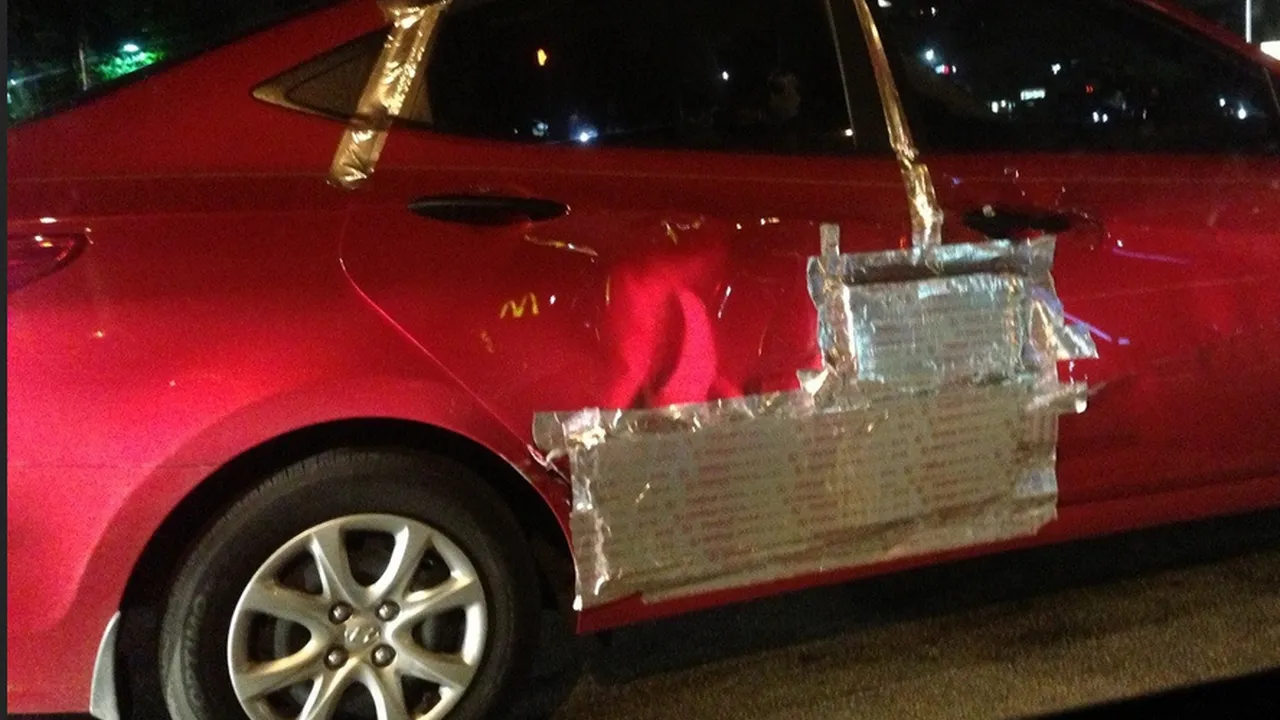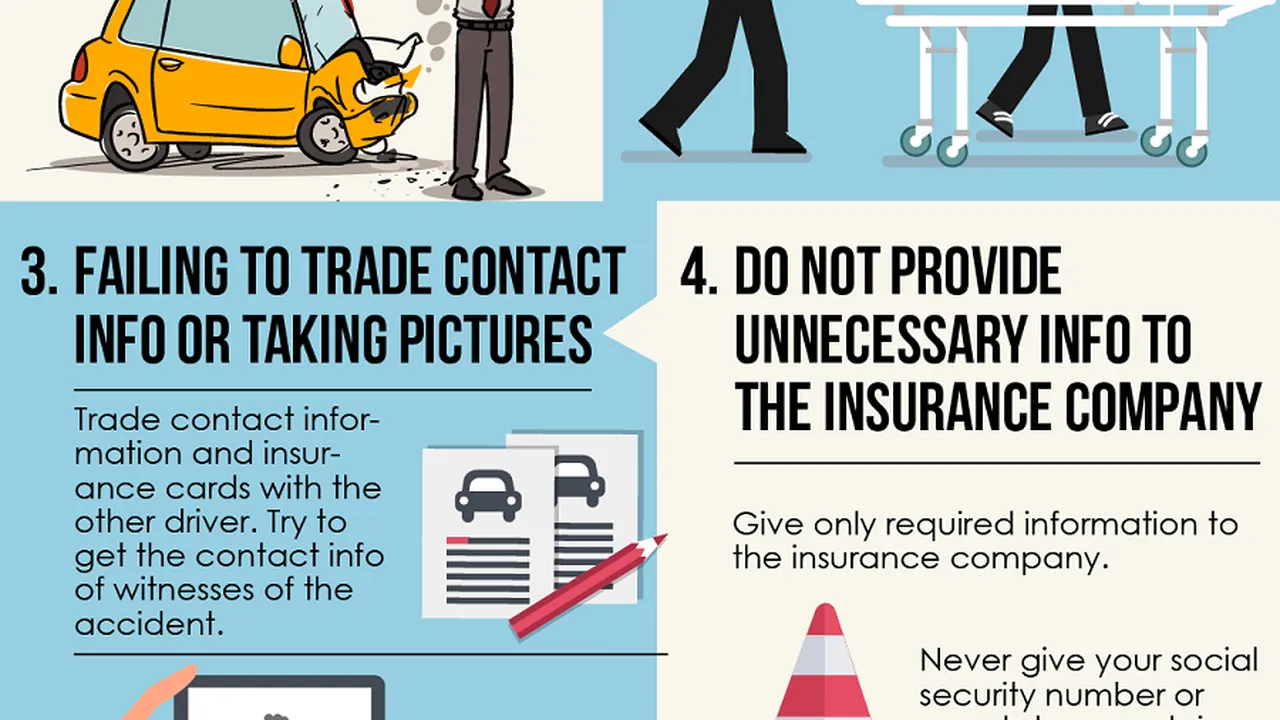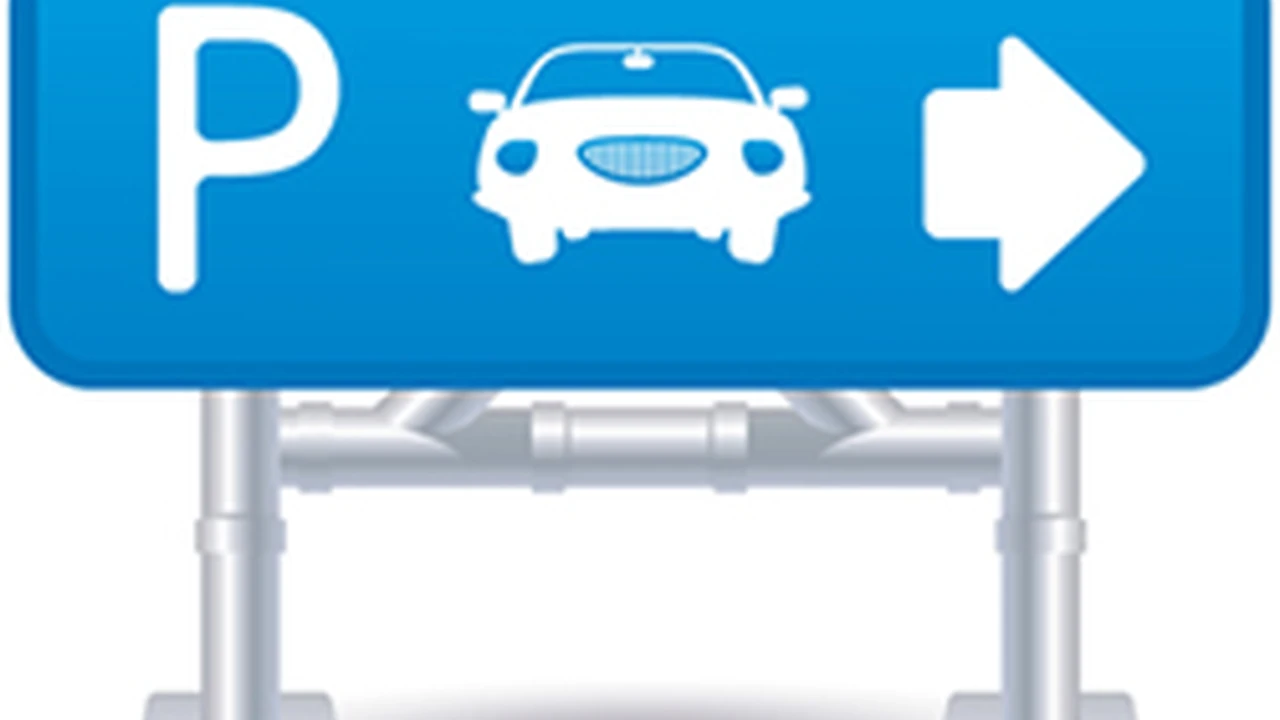Diminished Value Claims: Recovering Lost Value After Repairs

Understanding Diminished Value What Is It and Why Does It Matter Insurance Claims
Okay, so you've been in an accident. Not fun, right? Your car's been banged up, but thankfully, you're okay. The repairs are done, and your car looks almost as good as new. Almost. Here's the thing: even after repairs, your car might not be worth what it was before the accident. That's where diminished value comes in. Think of it as the hidden cost of an accident. It's the difference between what your car was worth before the accident and what it's worth after, even with the repairs. Basically, it's a scar on your car's record that affects its resale value. This is a crucial aspect of understanding car insurance claims and maximizing your recovery.
Why does it matter? Well, when you go to sell or trade in your car, potential buyers or dealerships will see the accident history. This makes them less willing to pay top dollar. They might be worried about hidden damage or the car's reliability. Diminished value helps you recover that lost value from the at-fault party's insurance company. It's like getting compensated for the blemish on your car's reputation. Ignoring diminished value is like leaving money on the table – money that's rightfully yours.
Types of Diminished Value Claims Understanding Immediate Inherent and Repair Related Losses
Not all diminished value is created equal. There are generally three types you need to understand when filing insurance claims:
- Immediate Diminished Value: This is the loss in value immediately after the accident, before any repairs are even done. It's the "shock value" of the accident, knowing the car has been damaged.
- Inherent Diminished Value: This is the loss in value that remains even after high-quality repairs. No matter how good the repair shop is, the car's history will always be a factor. This is the most common type of diminished value claim.
- Repair-Related Diminished Value: This arises from poor or substandard repairs. If the repairs weren't done properly, it further reduces the car's value. This can be a tricky one to prove, as it requires demonstrating the repairs were inadequate.
Understanding these distinctions is key to building a strong case for your diminished value claim. Knowing which type of loss you're experiencing helps you gather the right evidence and present your claim effectively.
How to File a Diminished Value Claim Step by Step Guide for Insurance Claims
Filing a diminished value claim might seem daunting, but it's a process you can definitely navigate. Here's a step-by-step guide to help you get started with your insurance claims:
- Determine Fault: This is the crucial first step. You can only pursue a diminished value claim against the at-fault party's insurance company. If you were at fault, you're generally out of luck.
- Gather Evidence: Collect all relevant documents, including the police report, repair estimates, repair invoices, photos of the damage before and after repairs, and any communication with the insurance company.
- Get an Appraisal: Hire a qualified appraiser to assess the diminished value of your vehicle. They'll consider factors like the car's age, mileage, condition, and the severity of the accident. This is a critical piece of evidence.
- Submit Your Claim: Send a formal demand letter to the at-fault party's insurance company, including your appraisal and all supporting documents. Clearly state the amount of diminished value you're claiming.
- Negotiate: The insurance company will likely try to lowball you. Be prepared to negotiate and present your evidence persuasively. Don't be afraid to push back if you believe their offer is unfair.
- Consider Legal Action: If you can't reach a settlement with the insurance company, you may need to consider filing a lawsuit. Consult with an attorney to discuss your options.
Remember, persistence is key. Insurance companies often try to discourage diminished value claims, so be prepared to advocate for yourself. Document everything and stay organized throughout the process.
Proving Your Diminished Value Claim Essential Documents and Expert Appraisals for Insurance Claims
Proving your diminished value claim requires solid evidence. Here's what you need to gather:
- Police Report: This establishes fault and provides details about the accident.
- Repair Estimates and Invoices: These document the extent of the damage and the cost of repairs.
- Photos of the Damage: Before and after photos are crucial to show the severity of the damage and the quality of the repairs.
- Expert Appraisal: A professional appraisal is the most important piece of evidence. The appraiser will assess the diminished value based on their expertise and market data.
- Vehicle History Report: A report like Carfax or AutoCheck will show the accident history and can be used to support your claim.
- Comparable Sales Data: Find similar vehicles with and without accident histories to demonstrate the difference in value.
When choosing an appraiser, make sure they are qualified and experienced in assessing diminished value. Look for certifications and reviews. A good appraiser will provide a detailed report that explains their methodology and supports their valuation.
Negotiating with Insurance Companies Tips and Strategies for Successful Insurance Claims
Negotiating with insurance companies can be challenging. They are experts at minimizing payouts. Here are some tips to help you succeed:
- Know Your Rights: Understand your state's laws regarding diminished value claims.
- Be Prepared: Have all your evidence organized and ready to present.
- Be Persistent: Don't give up easily. Insurance companies often make low initial offers.
- Be Professional: Maintain a calm and respectful tone, even if you're frustrated.
- Document Everything: Keep records of all communication with the insurance company.
- Don't Accept the First Offer: Always counteroffer and be prepared to negotiate.
- Know Your Bottom Line: Determine the minimum amount you're willing to accept.
- Highlight Weaknesses in Their Argument: Point out any flaws in their valuation or assessment of the damage.
- Consider Mediation: If you're at an impasse, mediation can be a helpful way to reach a settlement.
- Consult with an Attorney: If you're struggling to negotiate, consider seeking legal advice.
Remember, negotiation is a process. Be patient, persistent, and prepared to advocate for yourself. Don't be afraid to walk away if the insurance company is unwilling to offer a fair settlement.
State Laws and Diminished Value Claims Navigating Regulations and Requirements for Insurance Claims
Diminished value laws vary from state to state. Some states allow diminished value claims, while others don't. It's crucial to understand the laws in your state before pursuing a claim. Some states only allow diminished value claims if you sell your vehicle. Others allow you to claim even if you keep the car. Some states have specific requirements for filing a claim, such as time limits or documentation requirements.
Research your state's laws online or consult with an attorney to learn about your rights and obligations. Understanding the legal landscape will help you navigate the claims process more effectively.
Common Mistakes to Avoid When Filing a Diminished Value Claim Ensure Successful Insurance Claims
Filing a diminished value claim can be complex, and it's easy to make mistakes. Here are some common pitfalls to avoid:
- Failing to Determine Fault: You can only pursue a claim against the at-fault party.
- Delaying the Claim: Many states have time limits for filing claims.
- Failing to Gather Evidence: Insufficient evidence weakens your case.
- Accepting a Lowball Offer: Don't settle for less than you deserve.
- Failing to Negotiate: Always counteroffer and be prepared to negotiate.
- Failing to Consult with an Expert: An appraiser can provide valuable support.
- Failing to Understand State Laws: Know your rights and obligations.
- Getting Discouraged: Insurance companies often try to discourage claims.
- Failing to Document Everything: Keep records of all communication.
- Going It Alone: Consider seeking legal advice if you're struggling.
By avoiding these common mistakes, you can increase your chances of a successful diminished value claim.
Diminished Value vs Total Loss Understanding the Difference and Insurance Claims Implications
It's important to understand the difference between diminished value and total loss. A total loss occurs when the cost of repairs exceeds the car's pre-accident value. In this case, the insurance company will typically pay you the car's fair market value before the accident. Diminished value, on the other hand, applies when the car is repairable, but its value is reduced due to the accident history.
If your car is deemed a total loss, you are not eligible for a diminished value claim. However, you should ensure that the insurance company is offering you a fair settlement for the total loss. This means they should be considering factors like the car's age, mileage, condition, and comparable sales data.
When to Hire an Attorney for Your Diminished Value Claim Expert Legal Advice for Insurance Claims
While you can handle a diminished value claim on your own, there are times when it's best to hire an attorney:
- If the Insurance Company Denies Your Claim: An attorney can help you appeal the denial or file a lawsuit.
- If the Insurance Company Makes a Lowball Offer: An attorney can negotiate on your behalf and fight for a fair settlement.
- If the Accident Involved Serious Injuries: An attorney can help you pursue a personal injury claim in addition to your diminished value claim.
- If You're Unsure of Your Rights: An attorney can advise you on your legal options and protect your interests.
- If You're Uncomfortable Negotiating: An attorney can handle the negotiation process for you.
When choosing an attorney, look for someone who is experienced in handling diminished value claims. Ask about their fees and their track record. A good attorney will be able to assess your case and advise you on the best course of action.
Real-World Examples of Successful Diminished Value Claims Case Studies and Insurance Claims Outcomes
Let's look at some real-world examples to illustrate how diminished value claims can play out:
- Case Study 1: The Luxury Sedan: A driver in Texas was rear-ended in their brand new Mercedes-Benz sedan. The repairs cost $10,000. After the repairs, an independent appraiser determined the car had suffered a $5,000 diminished value. The insurance company initially offered $2,000. After negotiating with the help of an attorney, the driver settled for $4,500.
- Case Study 2: The Family SUV: A family in Georgia was involved in a fender bender in their SUV. The repairs were minor, costing only $2,000. However, the accident still showed up on the car's history report. An appraiser determined the car had suffered a $1,500 diminished value. The insurance company initially denied the claim, arguing that the damage was too minor. After providing comparable sales data showing the difference in price between similar SUVs with and without accident histories, the insurance company agreed to pay the full $1,500.
- Case Study 3: The Classic Car: A collector car owner in California was sideswiped in their vintage Mustang. The repairs were extensive, requiring specialized parts and labor. An appraiser determined the car had suffered a significant diminished value of $10,000 due to the damage to its original condition. The insurance company initially offered only $5,000. The owner hired an attorney who specialized in classic car claims. The attorney successfully argued that the diminished value was higher due to the car's rarity and historical significance. The case settled for $9,000.
These case studies demonstrate that diminished value claims can be successful, but they often require persistence, evidence, and negotiation skills.
Product Recommendations for Maintaining Your Car's Value Post-Repair Practical Solutions and Insurance Claims Considerations
Even after repairs and a successful diminished value claim, maintaining your car's value is key. Here are some product recommendations and considerations:
- Ceramic Coating: A ceramic coating provides a protective layer over your car's paint, helping to prevent scratches and fading. This is especially important after repairs, as the new paint may be more vulnerable. Recommended Product: Adam's Polishes Ceramic Coating (approx. $100). Usage: Apply after a thorough cleaning and paint correction. Comparison: Compared to traditional wax, ceramic coatings offer longer-lasting protection and a deeper shine. Pros: Excellent protection, easy to apply. Cons: Requires careful preparation.
- Paint Protection Film (PPF): PPF is a clear film that is applied to the car's paint to protect it from rock chips, scratches, and other damage. This is a great option for high-impact areas like the front bumper and hood. Recommended Product: Xpel Ultimate Plus (cost varies depending on coverage). Usage: Professionally installed for best results. Comparison: Offers superior protection compared to ceramic coatings. Pros: Ultimate protection, self-healing properties. Cons: More expensive than ceramic coating.
- Car Cover: A car cover protects your car from the elements, including sun, rain, and dust. This can help prevent fading and oxidation. Recommended Product: Covercraft Weathershield HP Car Cover (approx. $300). Usage: Use whenever the car is parked outdoors. Comparison: Provides better protection than parking uncovered. Pros: Excellent protection from the elements. Cons: Can be bulky and difficult to store.
- Regular Detailing: Regular detailing helps to maintain your car's appearance and prevent damage. This includes washing, waxing, and interior cleaning. Recommended Product: Meguiar's Gold Class Car Wash Shampoo and Conditioner (approx. $15). Usage: Wash your car regularly to remove dirt and grime. Comparison: A good wash and wax is essential for maintaining your car's appearance. Pros: Affordable and easy to use. Cons: Requires regular effort.
- Dash Cam: Having a dash cam can provide valuable evidence in case of another accident. This can help to protect your rights and ensure a fair settlement. Recommended Product: BlackVue DR900X-2CH (approx. $450). Usage: Mount on your windshield and record while driving. Comparison: Offers superior video quality and features compared to cheaper models. Pros: Excellent video quality, cloud connectivity. Cons: Relatively expensive.
Remember, maintaining your car's value is an ongoing process. By taking good care of your car and protecting it from damage, you can help to preserve its value and minimize any future losses.
:max_bytes(150000):strip_icc()/277019-baked-pork-chops-with-cream-of-mushroom-soup-DDMFS-beauty-4x3-BG-7505-5762b731cf30447d9cbbbbbf387beafa.jpg)






